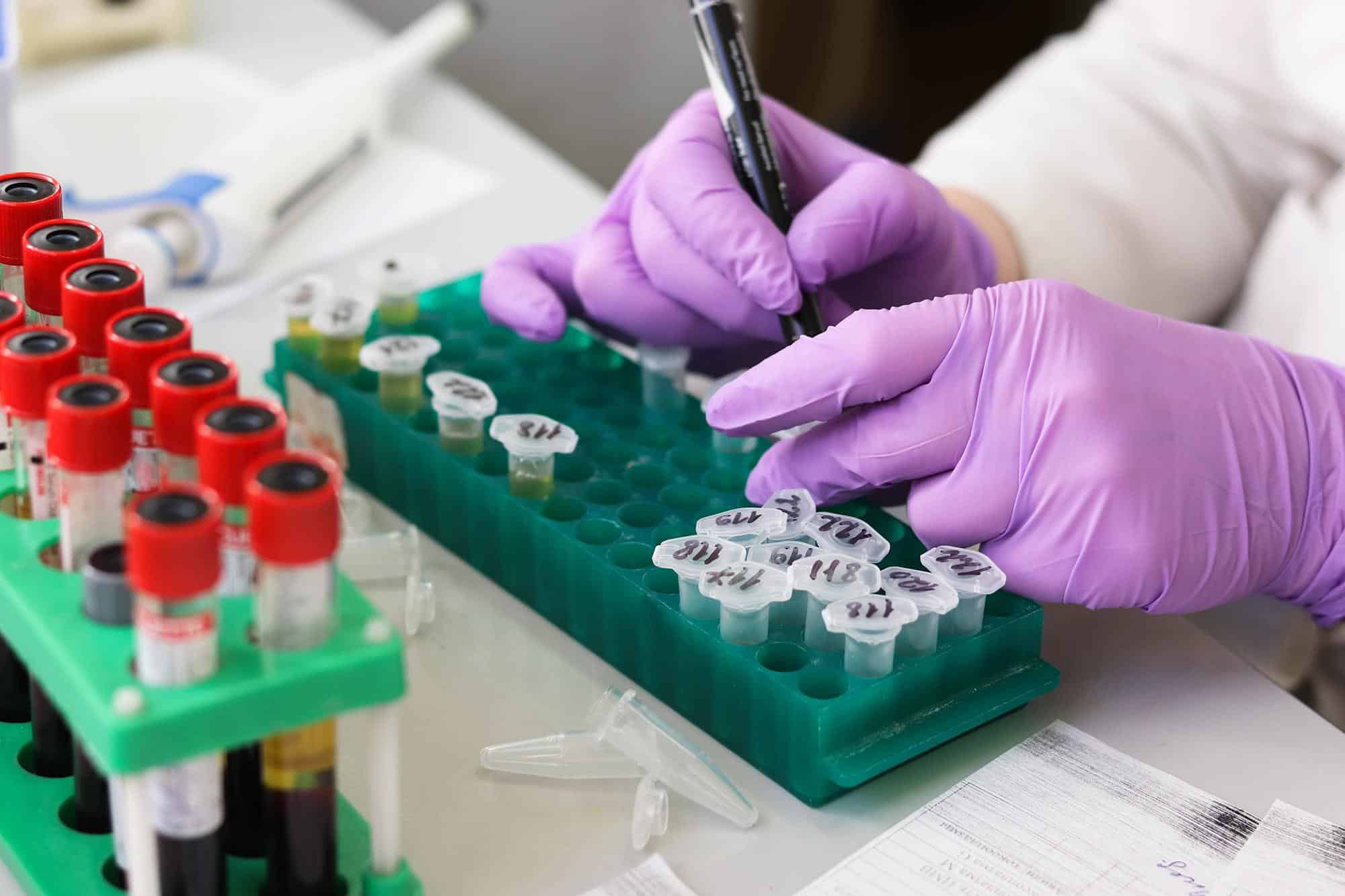- Best Practices and Pitfalls in Commercializing IVD-Applicable Biomarkers Handbook now available from biomarker.nu webpage
- The handbook facilitates the selection and advancement of the most promising biomarkers through the innovation process
- Handbook is a result of the cross-disciplinary international BIC project, composed of 8 partners in the Baltic Sea Region, including University of Turku and Turku Science Park Ltd
BIC Best Practices and Pitfalls Handbook is the first of four biomarker commercialization tools that are being published this summer by the Biomarker Commercialization (BIC) project consortium with the objective of bringing new and better IVD-applicable biomarkers more efficiently from discovery into clinical use.
This handbook collects some of the best practices and pitfalls encountered at different phases of biomarker discovery and development, as well as inputs for strategic patent protection and technology transfer at universities, hospitals and research organizations. The main target group for the handbook is people involved with technology transfer, such as the personnel of Technology Transfer Offices (TTOs) or inventors that try to bring their invention to the market.
“At the University of Turku about a third of invention disclosures concerns analytes for diagnostic or predictive use. Yet the lack of guidance in developing and commercializing the in vitro diagnostics (IVD) biomarkers is striking. So many things are learned the hard way at the TTOs and never get published. I am proud we could represent and serve the technology transfer community this way and I feel extremely thankful that so many people provided so thorough feedback for the book”, tells the main author of the handbook, Dr. Piia von Lode, Innovation Manager at the University of Turku.
The handbook is a collection of true-life practices which have led to success; practices found in literature and taught by experts in the field; opinions, expertise and experience of the different stakeholders, recommendations found in guidance, regulation or laws, as well as practices learned the hard way, i.e. repeatedly failing somewhere in the process and later adapting the process for increased success. For this purpose, 75 interviews were conducted with researchers, TTO officers, investors, small and large companies, clinicians and cluster organizations.
“On account of the BIC project we now have tools for selecting and proceeding the most promising biomarkers through the innovation process to technology transfer much more efficiently and transparently. Hopefully, a greater share of them gets all the way into clinical use. We now have much better chances of finding the matching licensees and having their questions answered”, continues Dr. Piia von Lode.
“We would never have been able to develop such reflection on the challenges for bringing good research on biomarkers to clinical use and be able to develop useful tools, if we did not have the cross disciplinary and international approach the BIC project gave us opportunity for”, concludes Valerie Daussin from The University Hospital of Aalborg in Denmark, contributing author and project leader for the consortium.
The BIC consortium is a transnational cooperation composed of 8 partners in the Baltic Sea Region. The project’s budget is EUR 2.55 million and is co-financed by the European Regional Development Fund through the Interreg Baltic Sea Region Programme with EUR 1.96 million.
Biomarkers Handbook is now available here on biomarker.nu webpage.

